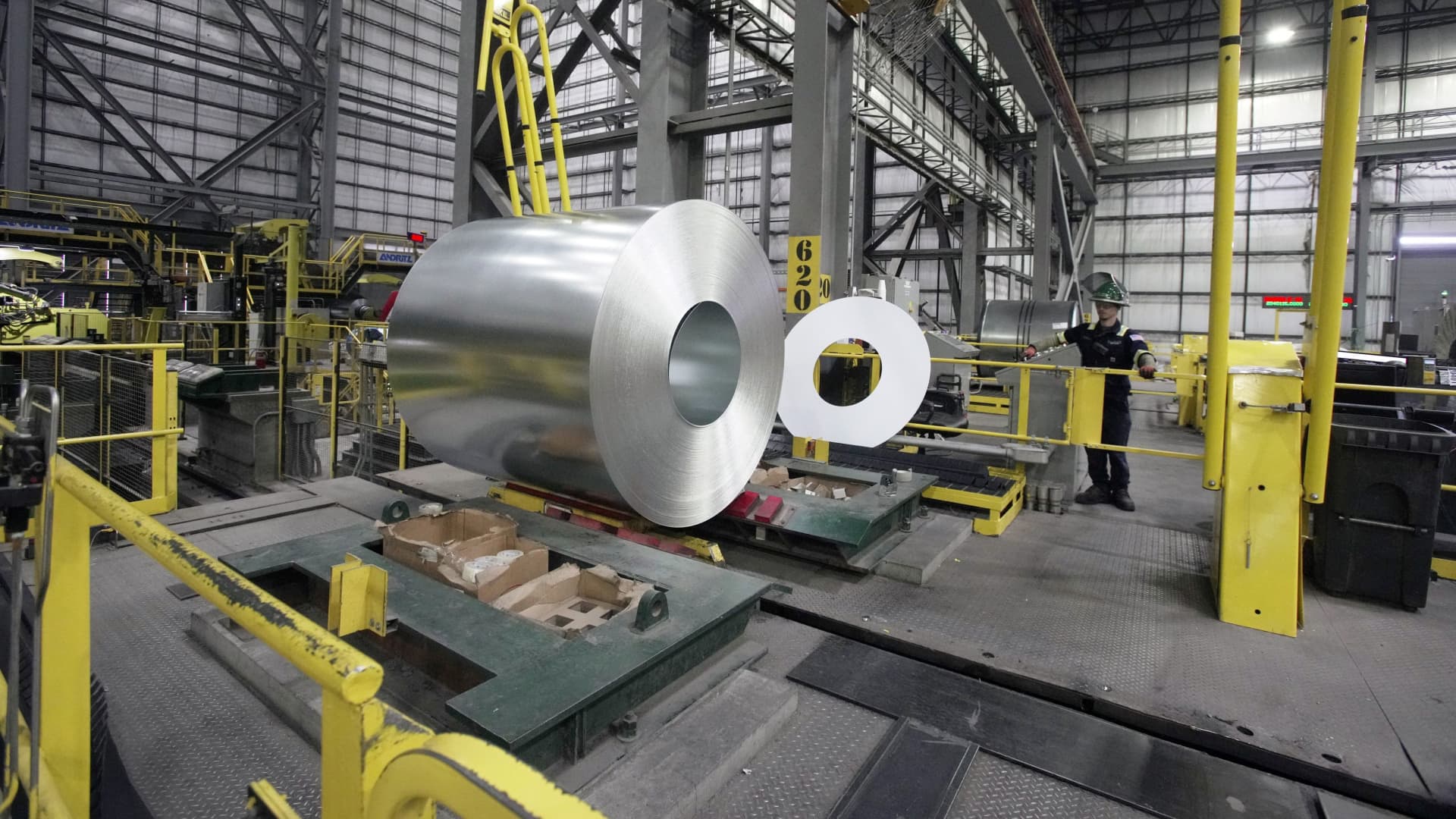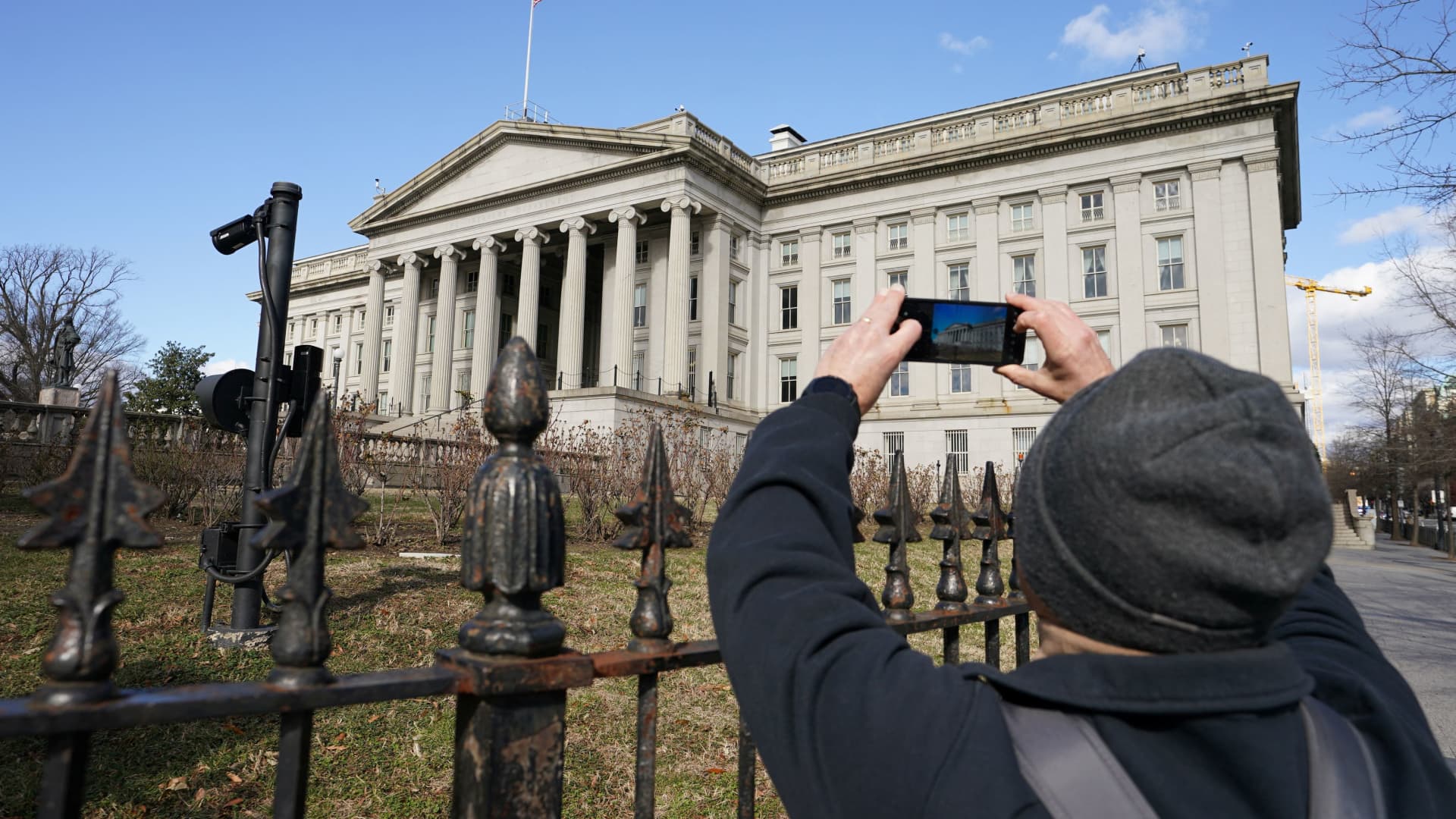Rates continued to rise this past week and still hover above 7%. (iStock)
Mortgage rates increased this week again, marking the second week in a row rates were above 7%. The average 30-year mortgage rate was 7.17%, up from last week when the average was 7.1%, Freddie Mac reported.
Last year at this time, 30-year mortgages were slightly better off, but not by much. The average rate was 6.43%.
“Mortgage rates continued rising this week,” Freddie Mac Chief Economist Sam Khater said in a press release.
“Despite rates increasing more than half a percent since the first week of the year, purchase demand remains steady,” Khater said. “With rates staying higher for longer, many homebuyers are adjusting, as evidenced by this week’s report that sales of newly built homes saw the biggest increase since December 2022.”
Rates for 15-year fixed-rate mortgages aren’t faring much better than 30-year mortgages. The average interest rate this week was 6.44%, up from 6.39%. Last year, 15-year rates were below 6% at 5.71%.
If you’re looking to purchase a home in today’s market, you can explore your mortgage options by visiting Credible to compare rates and lenders and get a mortgage preapproval letter in minutes.
SPRING HOMEBUYING SEASON BRINGS SLIGHTLY MORE OPTIMISM AS LISTINGS CONTINUE TO RISE
Home prices are still rising, but at a slower rate
Housing prices still haven’t recovered from their all-time high during the pandemic. From 2020 to now, the average sale price rose 27.5%, Rocket Mortgage reported.
Home prices are still high but are starting to cool slightly. Home values are predicted to grow by 1.9% this year, Zillow found. This is slower than home prices have grown over the last few years. However, home sales are expected to dip this year, largely due to rising interest rates. An expected 4.06 million existing homes will sell in 2024, Zillow forecasts. This is down slightly from the 4.09 million that sold in 2023.
The limited number of listings also contributes to the prediction of lower home sales. New listings rose by 21% in February, but dropped to just 4% in March, signaling a tight market for prospective homebuyers.
If you think you’re ready to shop around for a home loan, consider using Credible to help you easily compare interest rates from multiple lenders in minutes.
MILLIONS OF HOMEOWNERS DON’T HAVE HOMEOWNERS INSURANCE DUE TO HIGH COSTS
Certain areas of the country face continual homeowners insurance rate hikes
Rising homeowners insurance costs affect the country as a whole, but prices are higher in specific parts of the country.
California, Texas and Florida have all had their fair share of price hikes, paired with insurers pulling their insurance from parts of the state. Now, Iowa is dealing with the same high home and auto insurance rates.
Rate hikes have been closely tied to the effects of climate change. More frequent severe storms have led to a higher number of claims, leading to serious losses for insurance companies. Iowa is no different. From 2020 to 2021, hail and windstorms across the state caused insurers to raise rates, which have now trickled down to homeowners.
“Iowa and the Midwest are a wreck right now when it comes to home insurance,” Jeff Weddle, general manager of Guardian Mutual Insurance Association in Dallas Center said.
Iowa’s current home insurance situation is “probably pretty close” to that of Texas and California, Weddle said.
Having enough homeowners insurance is vital. To ensure your insurance is suitable for your circumstances, visit Credible to check out plans, providers and costs.
MILLIONS HAVE MOVED OUT OF CERTAIN PARTS OF THE COUNTRY NOW DESIGNATED “CLIMATE ABANDONMENT AREAS”
Have a finance-related question, but don’t know who to ask? Email The Credible Money Expert at moneyexpert@credible.com and your question might be answered by Credible in our Money Expert column.

 Personal Finance1 week ago
Personal Finance1 week ago
 Blog Post1 week ago
Blog Post1 week ago
 Economics5 days ago
Economics5 days ago
 Economics1 week ago
Economics1 week ago
 Accounting5 days ago
Accounting5 days ago
 Economics1 week ago
Economics1 week ago
 Personal Finance1 week ago
Personal Finance1 week ago
 Economics6 days ago
Economics6 days ago












